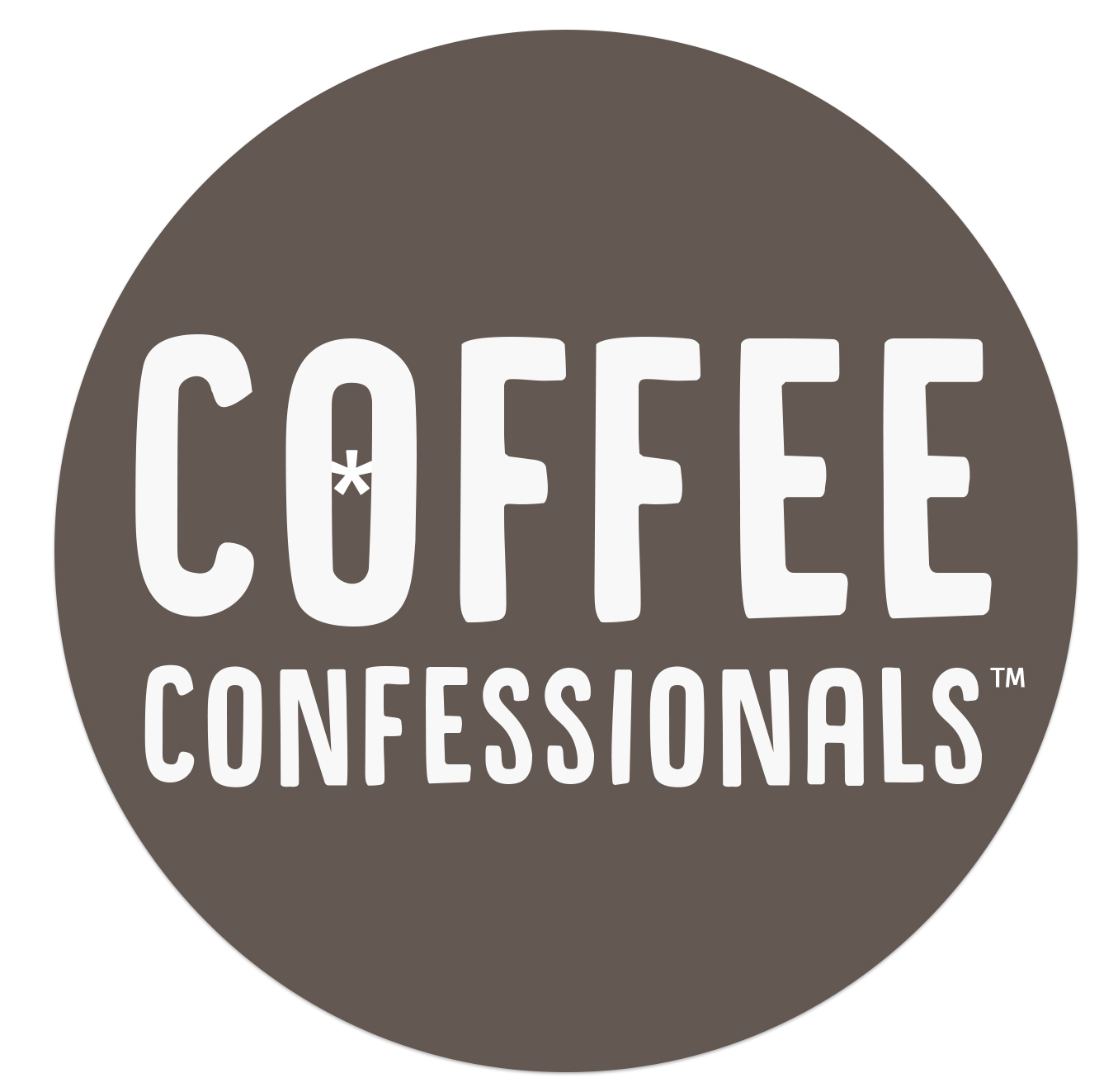Decaf Coffee: What is it and What is Swiss Water Decaf?

A Milder Approach
Coffee is a spectacular beverage. It is healthy. It is tasty. It also gives us a ton of energy and can keep us up for a long, long time! But for some coffee lovers this last item on the coffee catalog, keeping us up at night, that some coffee lovers may want to go to great lengths to avoid! So today we will be exploring a little bit more about decaf coffee, with some special emphasis on the Swiss Water Process. Keep reading to discover more!
What is Decaf Coffee?
To readily understand what decaf is, there are two main myths to debunk. First, decaf coffee IS coffee. Second, it also DOES have caffeine, but due to the decaffeination process, the caffeine levels are greatly decreased. At the lowest, decaf coffee will have 1-2% of the original caffeine, but it can also sometimes contain as much as 20% of the original caffeine. This means that while decaf is a better choice for those sensitive to caffeine, it also means that enjoying decaf too late in the day may still disrupt your sleep.
The way beans get their caffeine removed may vary. Some methods may use organic solvents like dicloromethane, ethyl acetate, or supercritical CO2. The Swiss Water Process uses only water. All of these methods occur before the beans are roasted and so the processes all take place using green coffee beans. Usually, no matter the process, the beans are soaked and have their caffeine expunged. But let's talk more about the Swiss Water Process.
Swiss Water Process
A greener alternative to decaffeinating coffee beans includes the Swiss Water Process. Developed in the 30s in Switzerland, this method is cutting edge and doesn't rely on any artificial or potentially harmful chemicals. Other methods of decaffeinating beans may use different chemicals that may leave an unpleasant taste for coffee lovers. But the Swiss method uses only H2O and time.
The process goes a little something like this; first GCE or Green Coffee Extract is prepared. GCE is made by soaking green coffee beans in hot water to extract all the soluble stuff within the coffee beans. That is except for the caffeine! Next, green coffee beans are soaked in the GCE which removes the caffeine and also some dirt and other impurities. The GCE is then filtered around and this step of the process takes about 8 to 10 hours. The caffeine that gets extracted gets sent to a special type of carbon filter system, and the subsequent carbon is then subsequently sent to a special furnace where the caffeine gets burnt away. All the while the GCE is being refreshed and renewed. The process is quite self-sufficient. This whole process of soaking the beans with the GCE continues in a cycle until the beans are 99.99% free of caffeine. Once this number has been achieved, the beans are dried and ready to be bagged, shipped, and enjoyed by the customer.
As only water, green coffee beans, and time are used in this mode of decaffeination, the Swiss Water Process is one of the best modes of decaffeination to use. It also removes almost all of the caffeine in coffee beans while also maintaining most of the original coffee flavor and aroma.
Decaf - Morning, Noon, or Night
If you are looking for a lower caffeine beverage, then why not give decaf a try. For those who want something green and also clean, opt for Swiss Water Processed Coffee, such as Decompress Decaf from Coffee Confessionals, a single origin coffee from Peru.
